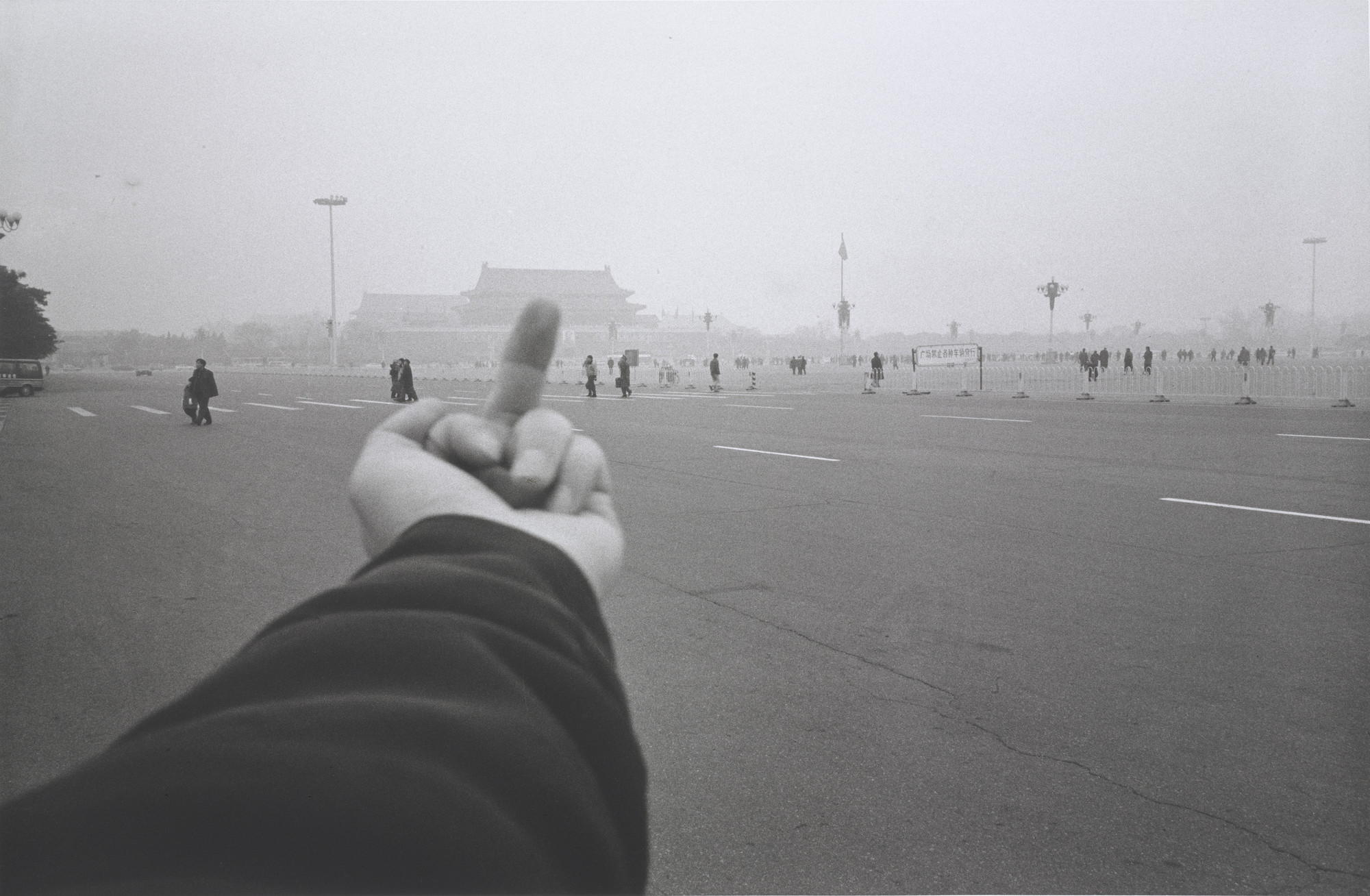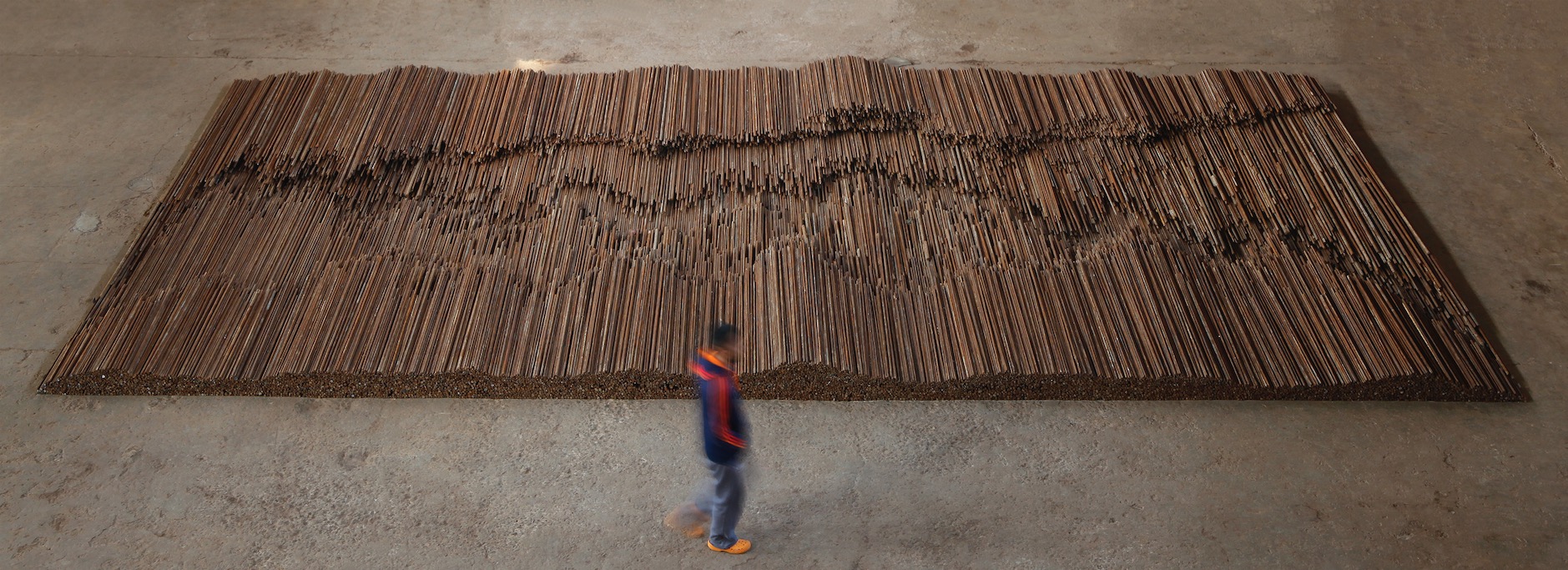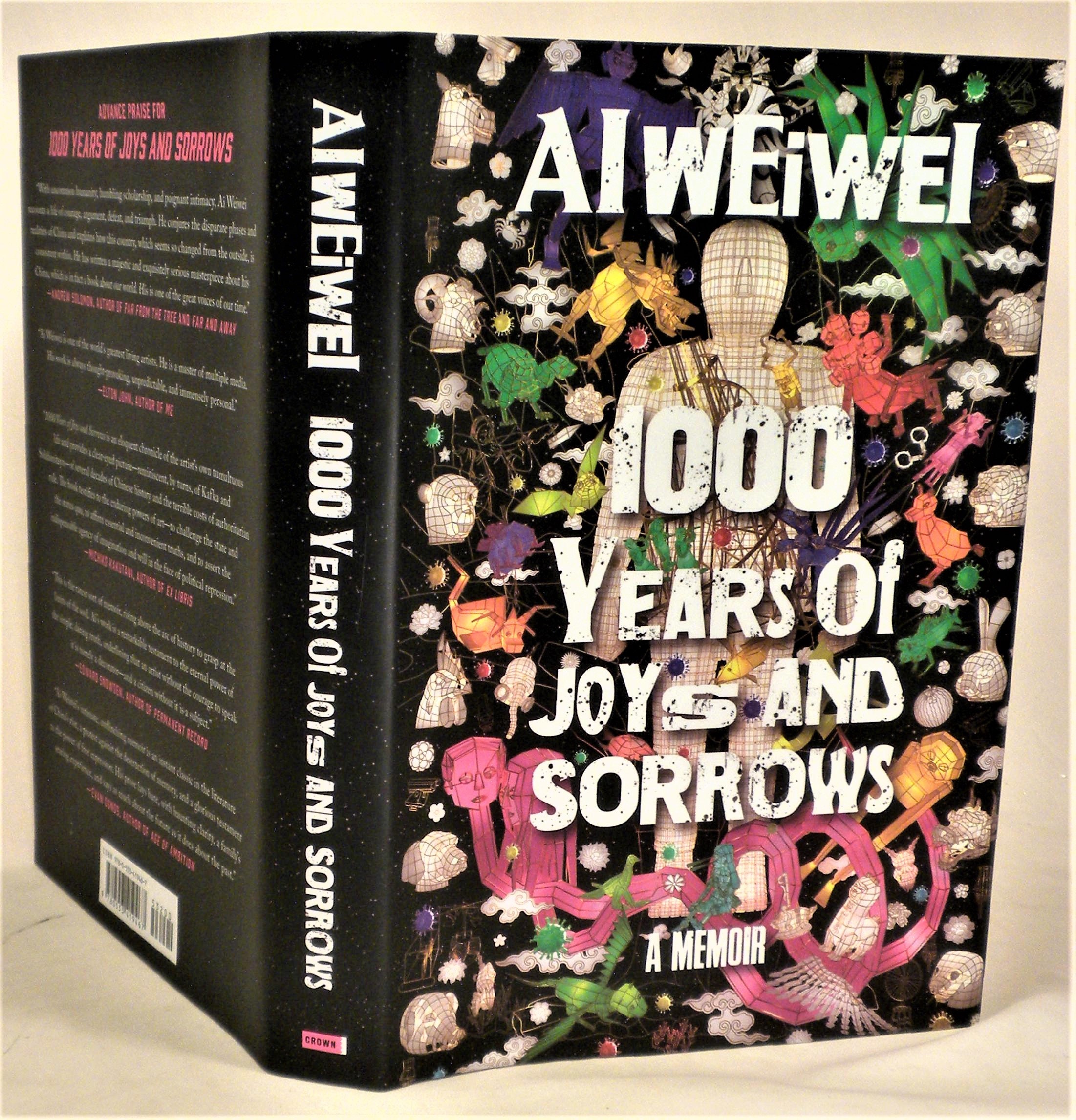Ai Weiwei: A Chinese Activist

About Ai Weiwei
Ai Weiwei is a Chinese activist who expressed his activism ideas through his installation, photography, and films. Ai Weiwei was born on August 28, 1957, in Beijing, China. As a Chinese, Ai Weiwei went under harsh conditions due to his father’s exile from China. He had always made critical angles and perspectives toward the Chinese Communism party. He used installations and his photographs to make critical comments on the Chinese corrupted government and society. Due to his actions, he had captured and arrested by the Chinese government and went grounded with 2 guards watching him 24 hours for 81 days. After he was released, he lived and settled outside of China with his family.
Ai Weiwei’s works
1. Dropping a Han Dynasty Urn(1995)

Dropping a Han Dynasty Urn was done in 1995. The urn that comes from the Han Dynasty was seen as a cultural value and a treasure from the Golden Era. Ai Weiwei expressed his thinking and suspicions about Chinese moral values nowadays due to Chinese Communist Party control.
2. Studying Perspective Tiananmen(1995)

Studying perspective Tiananmen. Although it’s a work for perspective practice, Ai Weiwei chooses to do a middle finger at the front door of the capital of China, Beijing. This is also part of his activist art that he’s being critical of and dislike the Chinese government.
3. Beijing National Stadium(2005-2008)

Beijing National Stadium, or nickname, “Bird Nest”, was designed by Ai Weiwei and constructed by 2 Swiss architects. Ai Weiwei’s proposal and drafts become the final decision for China Olympic 2008. However, Ai Weiwei realized that his ideas were just for the Chinese government’s glory and propaganda of their Communist Party. Ai Weiwei viewed the National Stadium as his shame.
4. Straight(2008-2012)

Straight was one of Ai Weiwei’s installations to represent China’s techniques and as well as to memorize deads in the Sichuan earthquake in 2008. Sichuan earthquakes had taken away more than 90,000 students’ lives. Despite how prepared the students are doing the drill for the earthquake, the collapsed buildings still buried them alive. Ai Weiwei used around 90 tons of rotten steel from the Sichuan earthquake to build this installation. He wished Sichuan would have advanced techniques for the buildings to prevent more students’ death.
5. Sunflower Seeds(2011)

Sunflower Seeds, or Kui Hua Zi, was the most notable installation made by Ai Weiwei. He used the pottery and ceramic techniques from Jingdezhen Village and asked 1600 artisans to paint on the fake sunflower seeds made of pottery. The whole process took 2 years to finish.
6. 1000 Years of Joys and Sorrow(2021)

1000 Years of Joys and Sorrow, is a memoir written by Ai Weiwei recording all his past from how he started his works and project, to being captured by the Chinese government, and after that, he still continued working on his projects and installation. Ai Weiwei stated he wished to tell his son that his project has a defined meaning within it, which is Freedom. He wants his son to feel freedom away from the Communist Party.
Resources
- https://mymodernmet.com/ai-weiwei-art/
- https://www.guggenheim-bilbao.eus/en/learn/schools/teachers-guides/ai-weiwei-dropping-han-dynasty-urn-1995
- https://www.artsy.net/artwork/ai-weiwei-illumination-10
- https://www.mocp.org/exhibitions/2017/04/aiweiwei.php
- https://www.lensculture.com/articles/ai-weiwei-ai-weiwei-interlacing#:~:text=Ai%20Weiwei%20uses%20photography%20and,of%20his%20prolific%2C%20provocative%20creativity
- https://iffr.com/en/iffr/2012/films/beijing-2003
- https://www.aiweiwei.com/1000years
- https://www.royalacademy.org.uk/article/ai-weiwei-13-works-to-know
- https://www.artlyst.com/news/ai-weiwei-i-wish-i-never-designed-birds-nest/